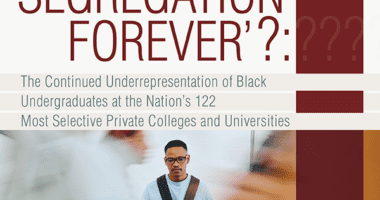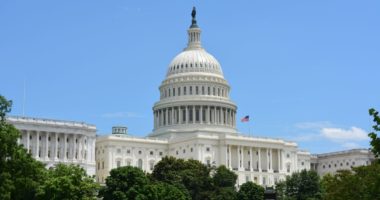The Students Who Will (and Won’t) Get to DREAM In-State
Every year, 65,000 undocumented students who have lived in the United States for at least five years graduate from high school. Only 5-10 percent of them, though, go on to college; the majority of these students either give up on their dreams or put them on hold because they are denied the opportunities for an affordable higher education.
This week, a bipartisan organization launched TheDream.US, a $25 billion scholarship fund that will provide full tuition for 1,000 undocumented students nationwide. Currently, because of their status, they are ineligible for federal financial aid (meaning no Pell Grants or low-interest loans), so this will help draw the bridge to college for many.
But the real power lies with states. Thirty states currently force undocumented students to pay out-of-state tuition, even when they’ve lived there for years. That can mean a difference of $13,000 per year. However, 19 states, the newest being New Jersey, have already opened the doors of opportunity and enacted tuition equity laws, allowing undocumented students to go to college for the same in-state price as their peers. And now Congress is getting in on the action. But unfortunately, there are states that are walking in the opposite direction. The chart below shows where most states stand.
Five states explicitly deny undocumented students the right to in-state tuition. Arizona was the first state to prohibit tuition equity and is now suing Maricopa Community College for offering in-state tuition to students who have gained federal work permits and temporary deportation relief under Deferred Action for Childhood Arrivals, or DACA, an executive order issued by President Obama. South Carolina and Alabama don’t even allow undocumented students to enroll in public colleges and universities. These states evidently want to make it known that they don’t support the right to educational opportunity for all.
But there’s still hope for students in other states. There are bills pending in 10 states that seek to either allow in-state tuition or expand access to financial aid for “DREAMers,” a term that refers to estimated 1.4 million teens who came to the U.S. before the age of 16 and now have a high school diploma, GED, or experience serving in the military. Florida, in particular, shows promise. Although DREAMers face a Republican-controlled state legislature that has killed similar bills in the past, Republican House Speaker Will Weatherford has given his support, which means the bill is likely to make some headway.
Hopefully, with more bipartisan efforts in the states, this year DREAMers will see concrete wins for educational opportunity. For many, the stakes are just too high.










